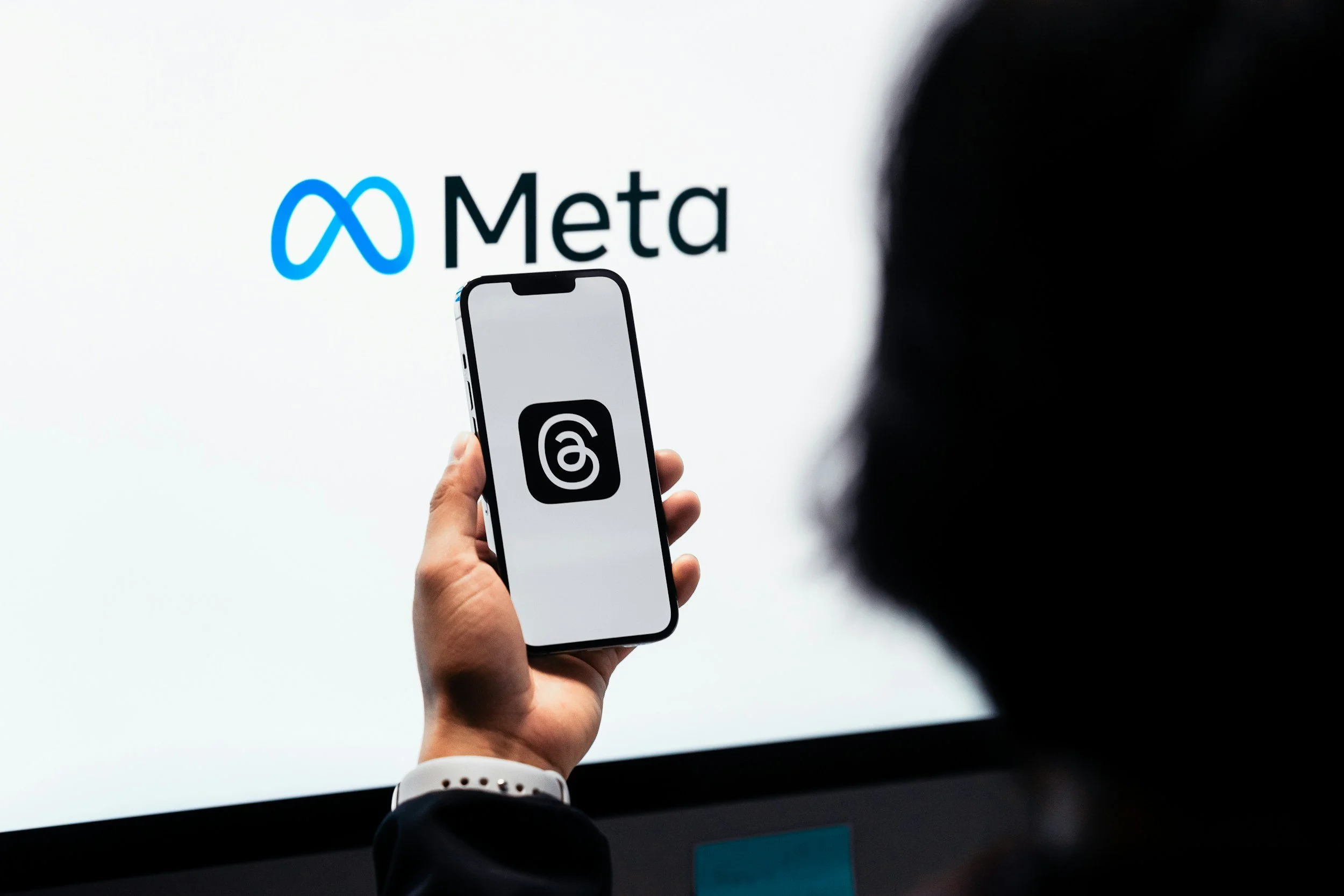LinkedIn Algorithm Updates & What They Mean for Nonprofits
LinkedIn plays a crucial role in most nonprofits' social media strategies. The professional network is a gold mine for potential donors, volunteers, board members, partners, and future employees. But the platform is evolving, and as a nonprofit social media manager, it's essential to keep up with these changes to optimize your reach. LinkedIn recently made significant updates to its algorithms, focusing on the relevance and quality of content rather than the viral nature. What do these changes mean for your nonprofit? Let's dive in.
Focusing on Relevant Conversations
LinkedIn has reshaped its feed, placing followers and relevant content at the forefront. The platform has made it more likely for your posts to reach your followers, leading to a 10% increase in followers viewing your content. For nonprofits, this change is particularly valuable. It ensures that your messages are more likely to reach individuals who have already shown interest in your cause and are likely to engage and spread the word.
The Rise of Knowledge and Advice
LinkedIn now prioritizes posts that share 'knowledge and advice,' extending their reach to people outside your current network. Nonprofits can leverage this change by providing expert insights and advice on topics related to their mission and their programs. Is your organization dedicated to environmental conservation? Share posts containing actionable advice on how individuals can contribute to a greener planet. LinkedIn's shift has led to a 40% increase in content viewership from out-of-network individuals, widening your pool of potential supporters.
Evaluating Content Quality
The platform assesses the quality of posts based on a few key metrics:
Distinct Audience: LinkedIn appreciates content that reaches a specific audience. Craft your posts considering your target audience's interests and needs. Think less about reaching “the general public” and more about who among your supporters would find your post most valuable and compelling.
Author Expertise: LinkedIn evaluates whether the author is an authority on their posted topic. As a social media manager, ensure the content shared aligns with your organization's mission and field of expertise. Use language that resonates with like-minded people, ask members of your program team to take a first pass at interpreting a report or a story, and then revise the language. Again, your focus is on value and resonance.
Meaningful Comments: The platform values posts that spark meaningful conversations. Encourage engagement by asking thought-provoking questions or soliciting feedback in your posts. That means responding to comments or tagging other people in your replies to help encourage that dialog. This is also an opportunity to encourage other team members to be more involved in LinkedIn, building their individual authority and subject matter expertise by engaging in the comments.
Unique Perspective: LinkedIn rewards content that offers unique insights or perspectives. Nonprofits have countless stories to share—consider highlighting inspiring stories from beneficiaries, volunteers, or staff (ethically, with informed consent, of course!). Reports and statistics are great, but whenever possible, connect that data to a direct impact on people, animals, or the planet. Help people understand the true value of your work, the ‘why’ behind what you do, and the unique value your organization brings.
Redefining Success: Quality over Virality
LinkedIn is now discouraging virality in favor of more focused and relevant discussions. Think of LinkedIn as a digital workplace: you don't want to yell with a megaphone but rather engage in valuable conversations with the right people. For nonprofits, this means concentrating on quality interactions with potential supporters and stakeholders rather than chasing large-scale virality.
These changes allow you to enhance your nonprofit’s LinkedIn strategy rather than worrying about whether you’re spending enough on ads (Facebook/Instagram). Your organization can reach and resonate with the right audience by sharing knowledge and advice relevant to your mission, engaging your followers in meaningful conversations, and focusing on quality over quantity. As you adapt to these changes, remember that the essence of effective communication remains the same: authenticity, relevance, and a focus on fostering connections. Happy posting!






